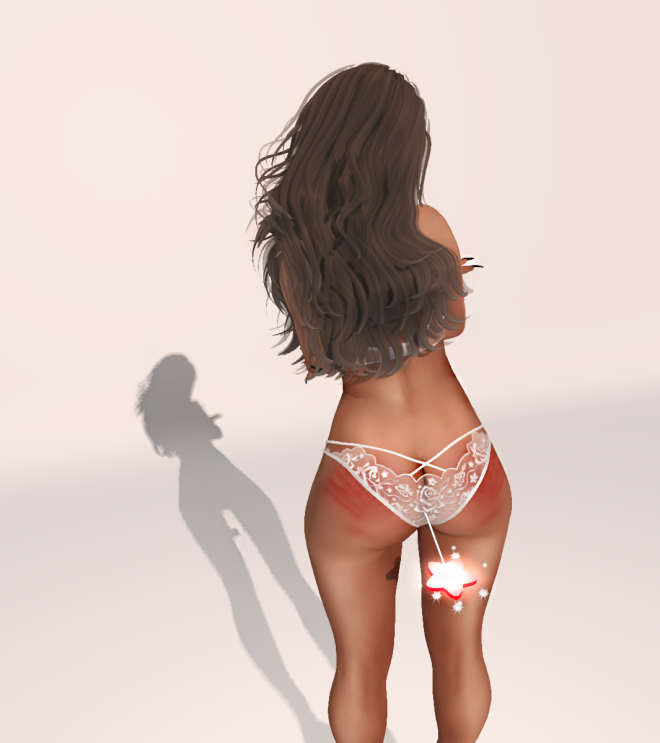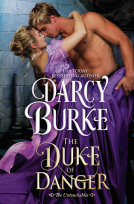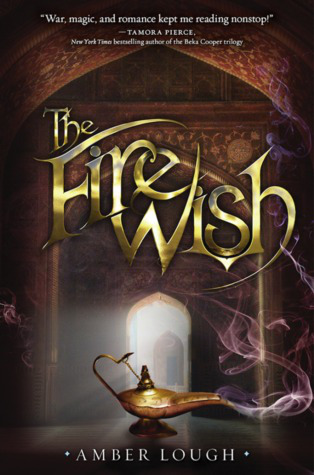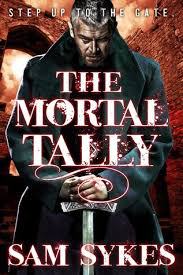Barry Fitzgerald was born William Joseph Shields in Walworth Road, Portobello, Dublin. He was the older brother of actor, Arthur Shields. As a child he played with the younger siblings of James Joyce who he called ‘a young man with a beard and very clever.’ He went to Skerry’s College, Dublin, before going on to work in the civil service, while also working at the Abbey Theatre. By 1929, he turned to acting full-time. He was briefly a roommate of famed playwright Sean O’Casey and starred in such plays as O’Casey’s Juno and the Paycock and the premiere of The Silver Tassie. Barry’s relationship with O’Casey would soon have Ireland’s foremost playwright writing parts for him.
One of the big secrets of the family is that, although the brothers made their living in part playing Catholic priests, they were all Church of Ireland. Arthur Shields is one of the great stories of twentieth century Ireland. He became involved early at the Abbey Theatre and worked there as actor, director and stage manager. (He was known as ‘Boss’ Shields.) But, still unknown to many, is that he was also a patriot. In 1916 he was a member of the Irish Volunteers and was prepared to fight on Easter Sunday when the orders were countermanded.
On Easter Monday the revolution was on again, and Shields went to the Abbey and retrieved his rifle from under the stage. He went around the corner to Liberty Hall and joined with James Connolly’s Irish Citizen Army. (Connolly, an ardent socialist and master labor organiser, admired his father and congratulated Arthur on his parentage.)
He then marched to the General Post Office on Sackville Street where he fought before evacuating on Friday. He was sent to Stafford Prison in England with another famous rebel, Michael Collins, and from there they were both sent to the Frongoch internment camp in Wales. Both would return to Dublin by the end of 1916, Collins to terrorise the British and Shields to return to the Abbey stage.
William Shields (known as Will to his friends) worked in the Irish civil service in Dublin Castle during the War of Independence. After the Easter Rising he joined his brother at the Abbey and befriended a playwright by the name of Seán O’Casey. While Arthur, tall and lean, was the romantic star of the theatre, Barry Fitzgerald (he took the pseudonym because he was still working in the civil service while moonlighting as an actor) was short and quiet, but had a comic magic that today would be simply translated as ‘star power.’
Fitzgerald went to Hollywood to star in another O’Casey work, The Plough and the Stars (1936), directed by John Ford. He had a successful Hollywood career in such films as The Long Voyage Home (1940), How Green Was My Valley (1941), And Then There Were None (1945), The Naked City (1948) and The Quiet Man (1952). Fitzgerald achieved a feat unmatched in the history of the Academy Awards: he was nominated for both the Best Actor Oscar and the Best Supporting Actor Oscar for the same performance, as “Father Fitzgibbon” in Going My Way (1944). (Academy Award rules have since been changed to prevent this.) He won the Best Supporting Actor Award; an avid golfer, he later broke the head off his Oscar statue while practicing his golf swing. (During the Second World War, Oscar statues were made of plaster instead of gold, owing to wartime metal shortages.)
He returned to live in Dublin in 1959.
Fitzgerald has two stars on the Hollywood Walk of Fame, for films at 6220 Hollywood Boulevard and for television at 7001 Hollywood Blvd.

SaveSave
53.349805 -6.260310 Advertisements Dublin, Ireland Share this:




